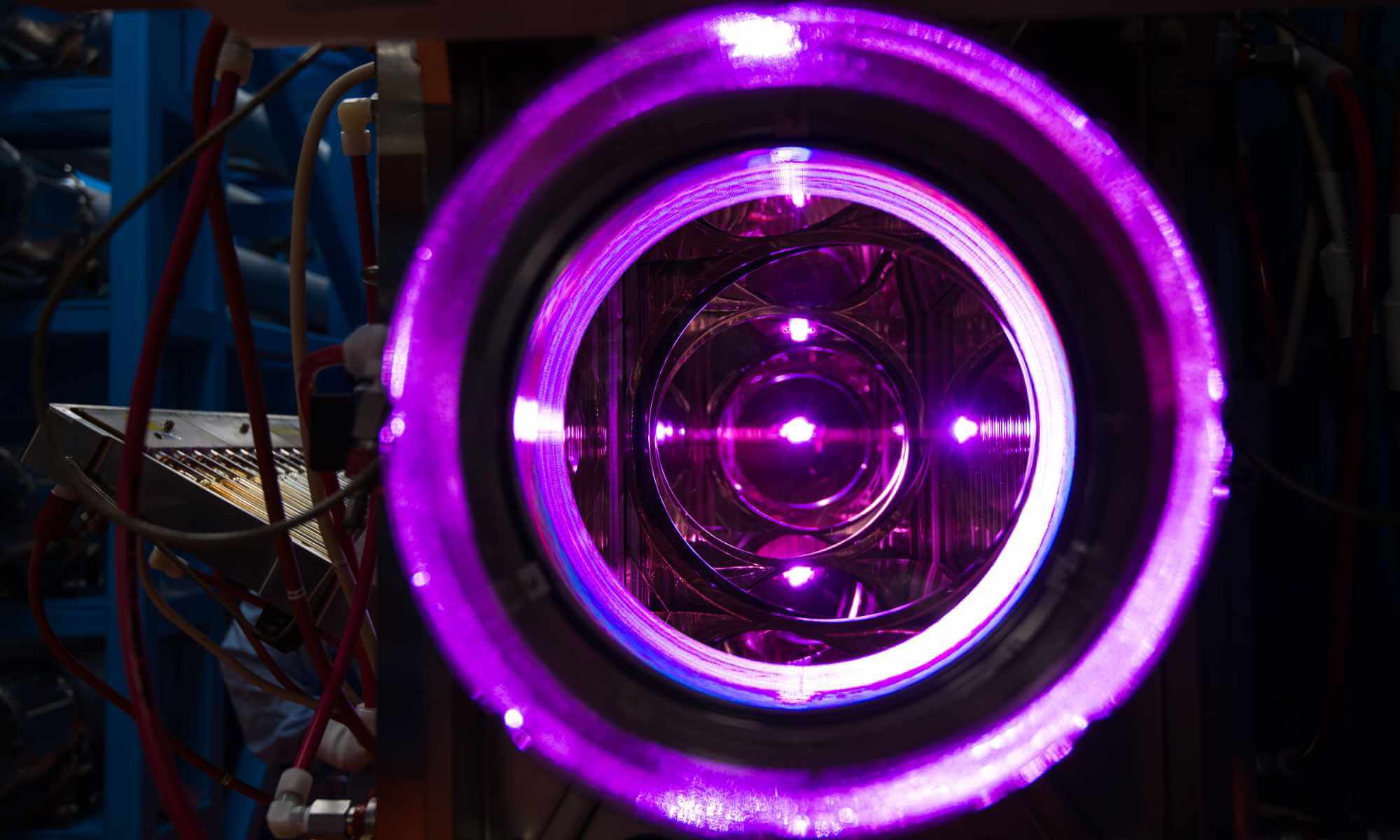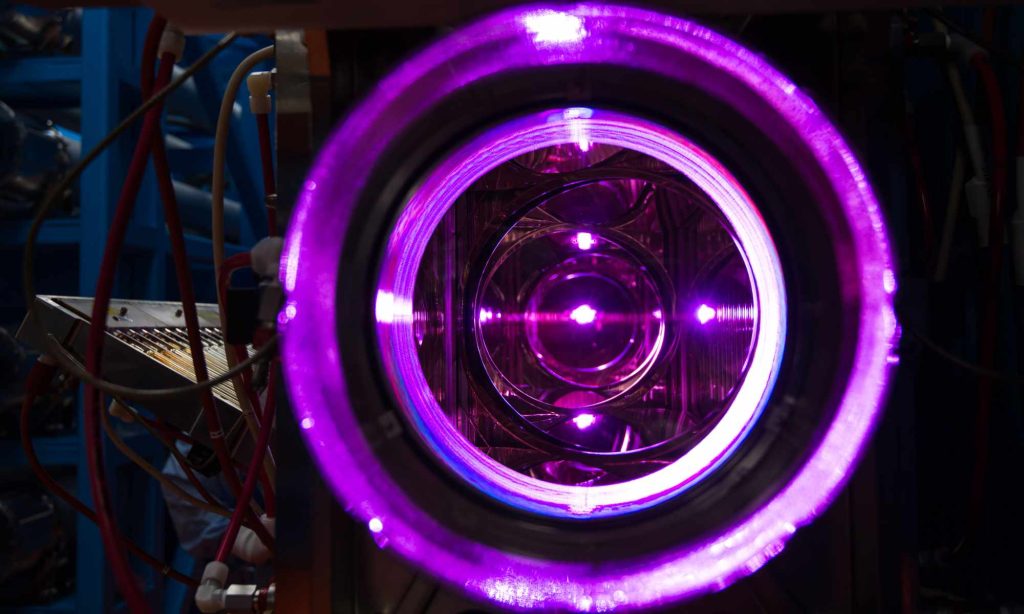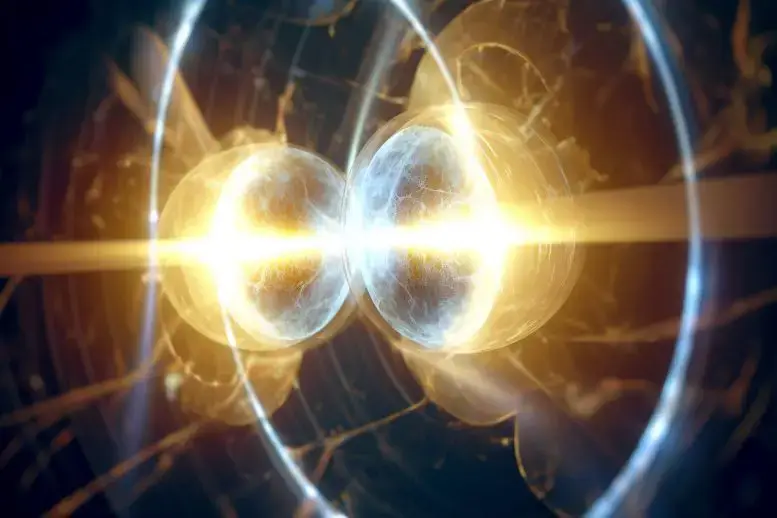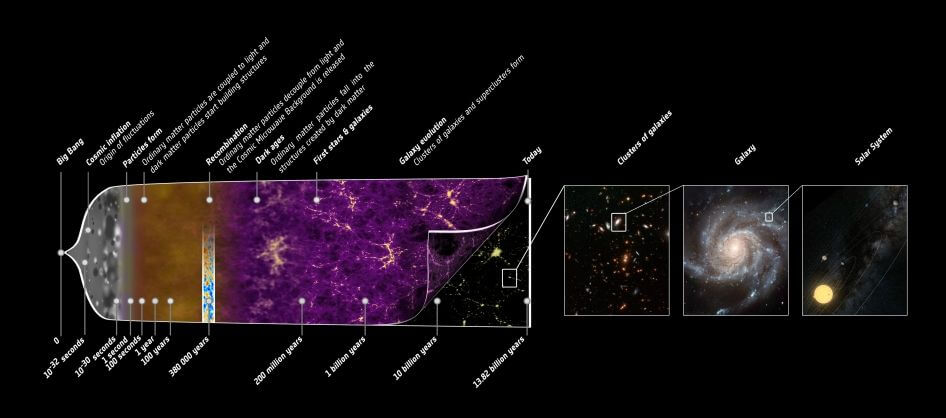
Dynamic shell formation was first demonstrated experimentally at the University of Rochester’s Laser Energetics Laboratory.
Fusion, which replicates the same reaction that powers the sun, has long been seen as an ideal energy source due to its potential to be safe, clean, cheap and reliable. Since the early 1960s, scientists have pursued the possibility of using high-power lasers to compress thermonuclear material long enough and at high enough temperatures to trigger ignition, the point at which the resulting output of fusion energy inertial is greater than the energy delivered to the target.
Scientists achieved ignition in December 2022 at the Lawrence Livermore National Laboratory’s National Ignition Facility, but many hurdles remain in making fusion energy technically and commercially viable for mass production and consumption.
Researchers at the University of Rochesters Laboratory for Laser Energetics (LLE) have, for the first time, experimentally demonstrated a method called dynamic shell formation, which can help achieve the goal of creating a fusion power plant. The researchers, including Igor Igumenshchev, senior scientist at LLE, and Valeri Goncharov, distinguished scientist and head of the theoretical division at LLE and assistant professor (research) in the Department of Mechanical Engineering, discuss their findings in a paper published on Physical Review Letters.
This experiment demonstrated the feasibility of an innovative lens concept suitable for affordable mass production of inertial fusion energy, says Igumenshchev.
The conventional approach to inertial fusion energy
In the conventional approach to inertial fusion energy, a target consisting of a small amount of combustible hydrogen in the form of deuterium and tritium hydrogen isotopes is frozen solid in a spherical shell. The shell is then bombarded by lasers, heating the core fuel to extremely high temperatures and pressures. When these conditions are met, the shell collapses and catches fire, undergoing fusion.
The process releases a huge amount of energy that has the potential to run a carbon-free power plant. But a fusion power plant, still hypothetical, would require nearly a million targets a day. Current methods of manufacturing lenses using a frozen prep process are expensive and the lenses are difficult to manufacture.
Dynamic shell formation: more feasible, less expensive
Dynamic shell formation is an alternative method of making targets in which a liquid droplet of deuterium and tritium is injected into a foam capsule. When bombarded with laser pulses, the capsule develops into a spherical shell, then implodes and collapses, causing it to ignite. Dynamic shell formation does not require the costly cryogenic layering that conventional inertial fusion power generation methods employ, because it uses liquid targets. These goals will also be easier to achieve.
Goncharov first described dynamic shell formation in a paper in 2020, but the concept had not been proven experimentally. In a small-scale proof-of-principle experiment, Igumenshchev, Goncharov and their colleagues used LLE’s OMEGA laser to pattern a sphere of plastic foam that had the same density as the deuterium-tritium liquid fuel in a shell, demonstrating a critical step in the dynamic shell concept.
To actually generate fusion using the dynamic shell formation technique, future research will require lasers with longer, more energetic pulses, but current experiment suggests that dynamic shell formation may be feasible as a route to fusion energy reactors. more practical.
Combining this lens concept with a highly efficient laser system that is currently under development at LLE will provide a very attractive path to fusion energy, says Igumenshchev.
The research is supported by the US Department of Energy’s National Nuclear Security Administration.




